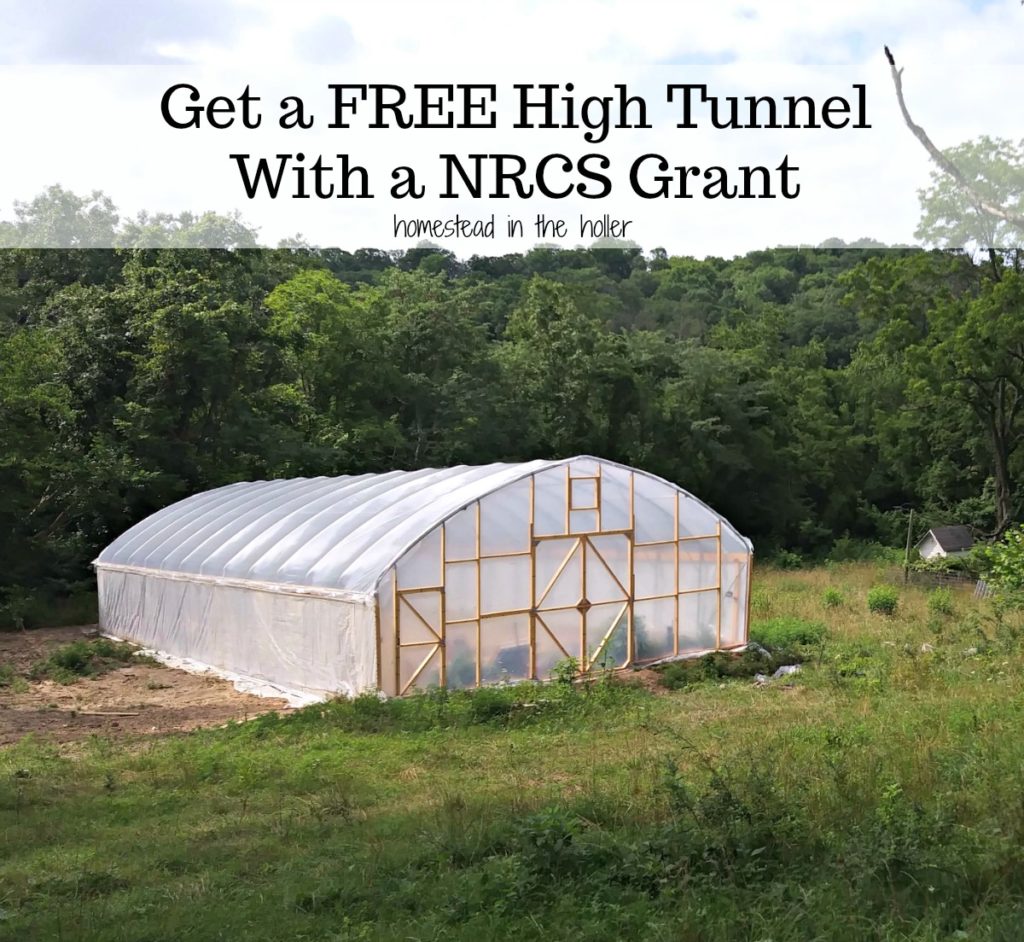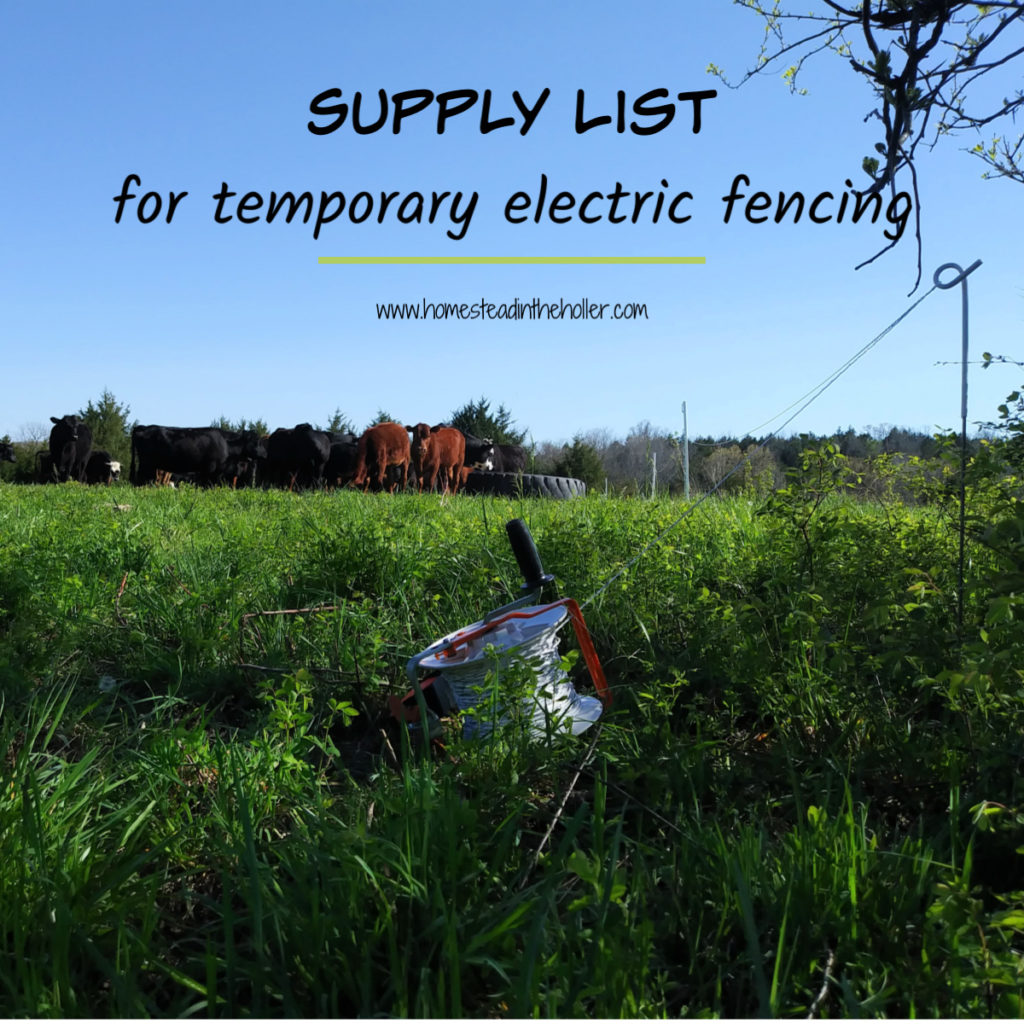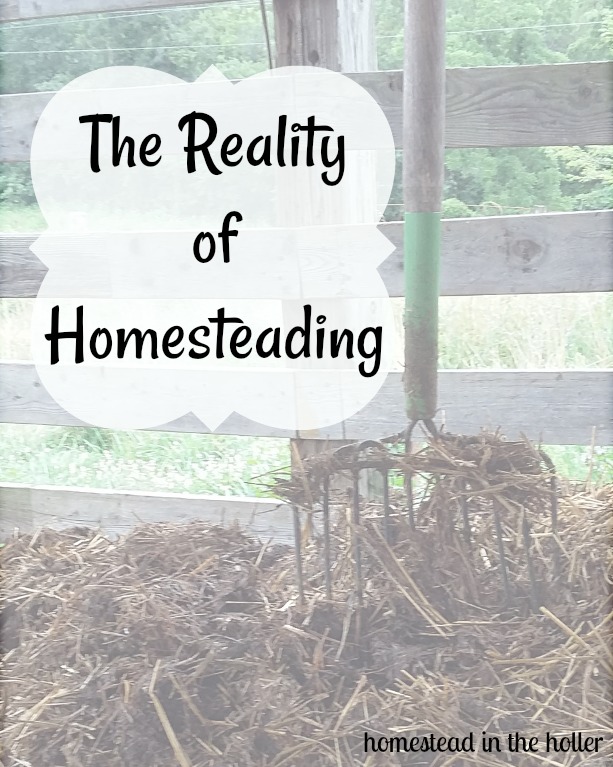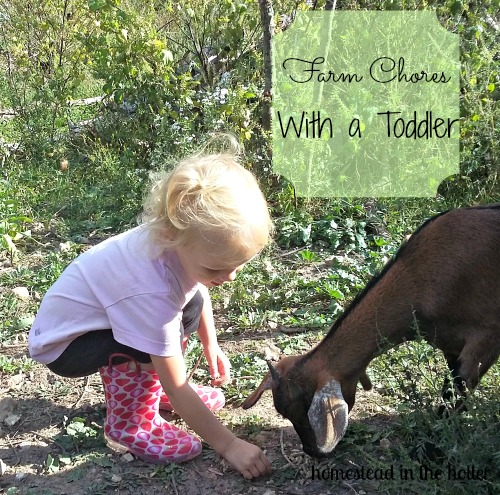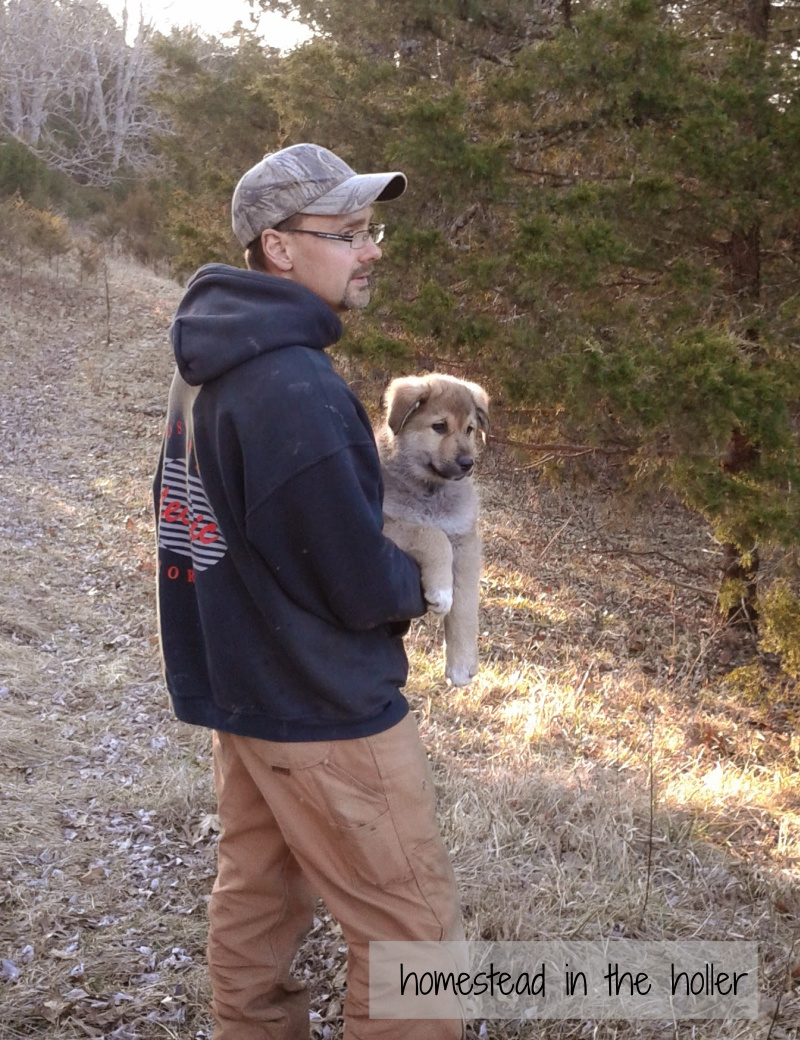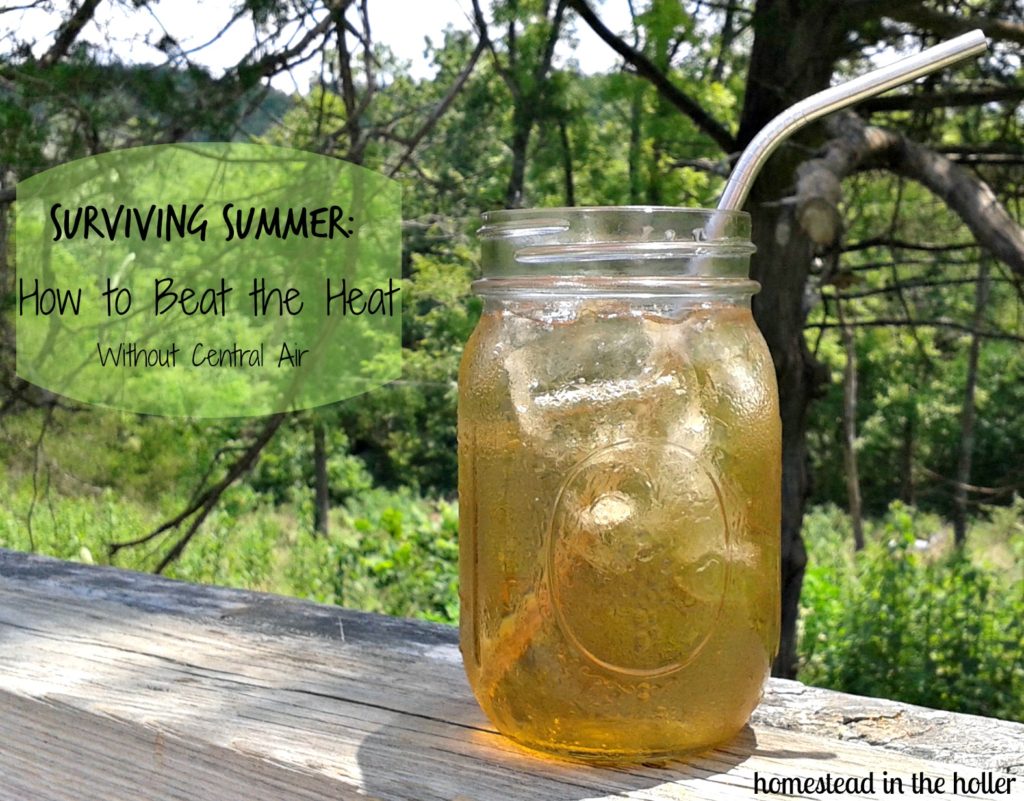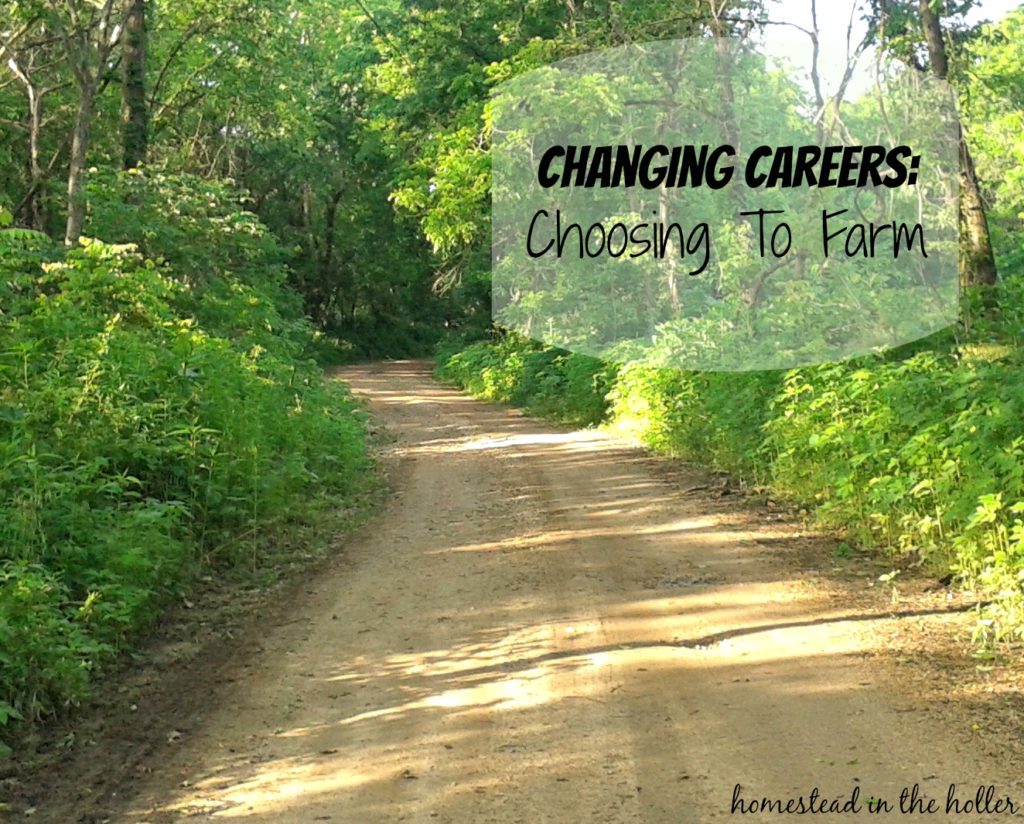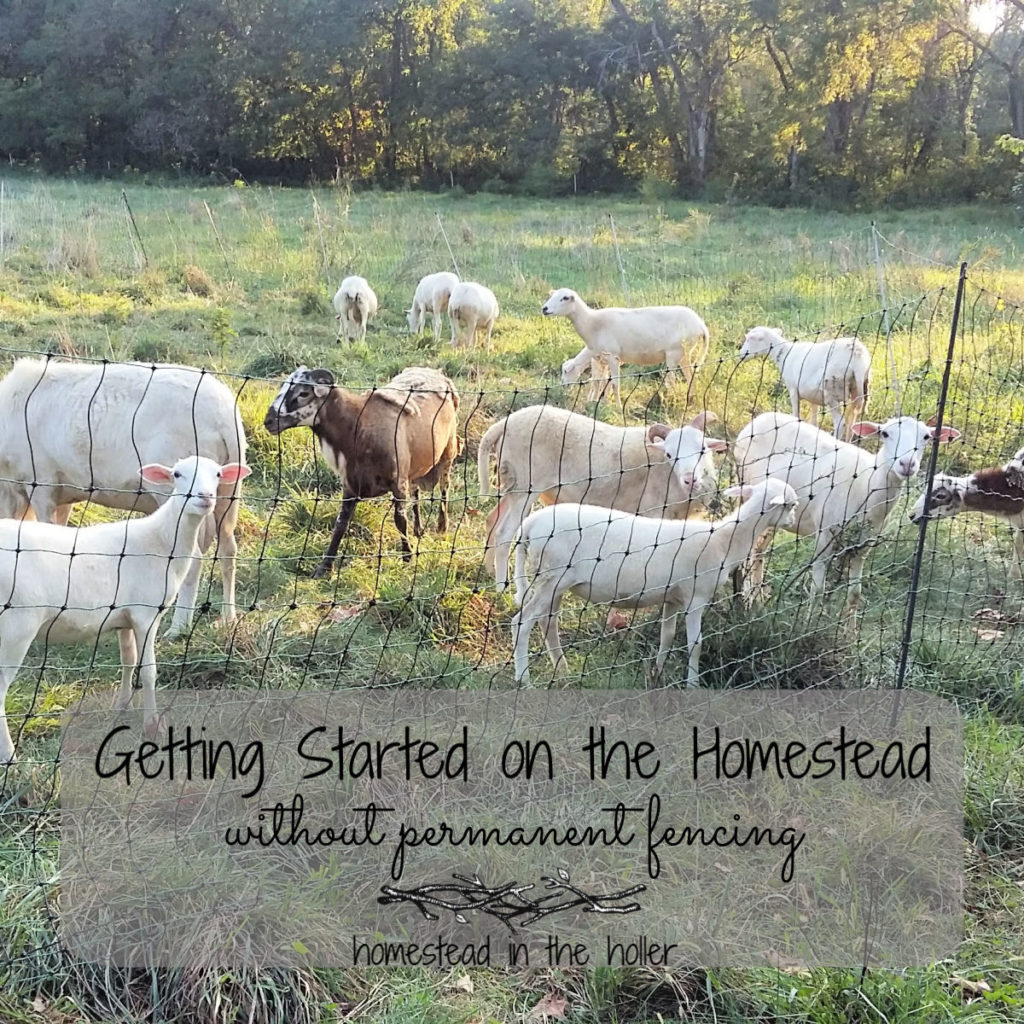 Homestead in the Holler is a participant in the Amazon Services LLC Associates Program, an affiliate advertising program designed to provide a means for sites to earn advertising fees by advertising and linking to amazon.com.
Homestead in the Holler is a participant in the Amazon Services LLC Associates Program, an affiliate advertising program designed to provide a means for sites to earn advertising fees by advertising and linking to amazon.com.
At the beginning of every year we make goals that we like to accomplish for the coming year. Projects to start or complete, financial goals, adding animals, selling animals and so forth. This year we have a resounding theme: simplify.
When we started our farm, we wanted to try it all. Do all the things! Get all of the animals! We knew we couldn’t do it all, but wanted to see what we did like. We had experience with poultry, rabbits, dairy goats and gardening. We added pigs, sheep, cattle, dairy cows and meat goats to our farm. In addition to the garden, we added an orchard. Now that we’ve had these animals for a while, it’s time to look at which direction to go. It’s time to simplify.
Wait, simplifying the simple life?
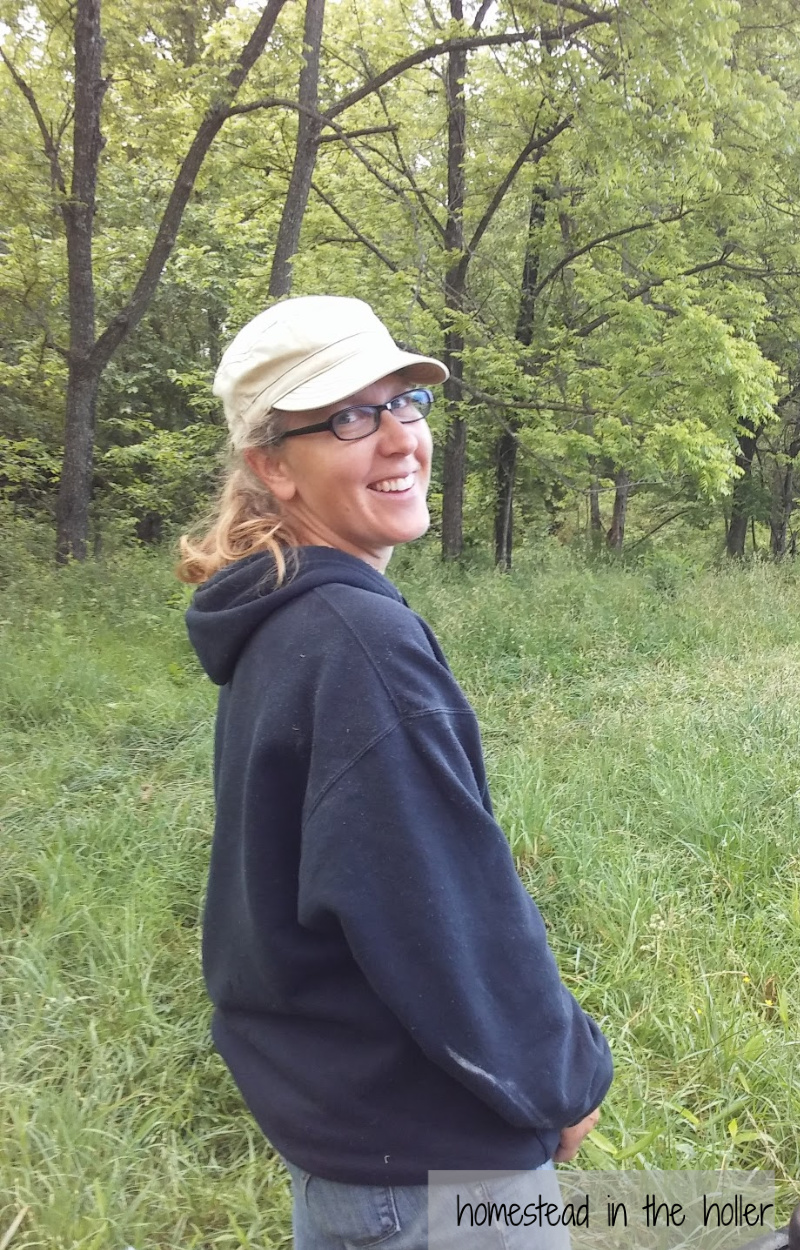
Hi! Around here I wear many hats. Homesteader, farmer, homemaker, homeschool mom, gardener and builder. We strive for a simple, self-sufficient life on our little piece of paradise. Read more

